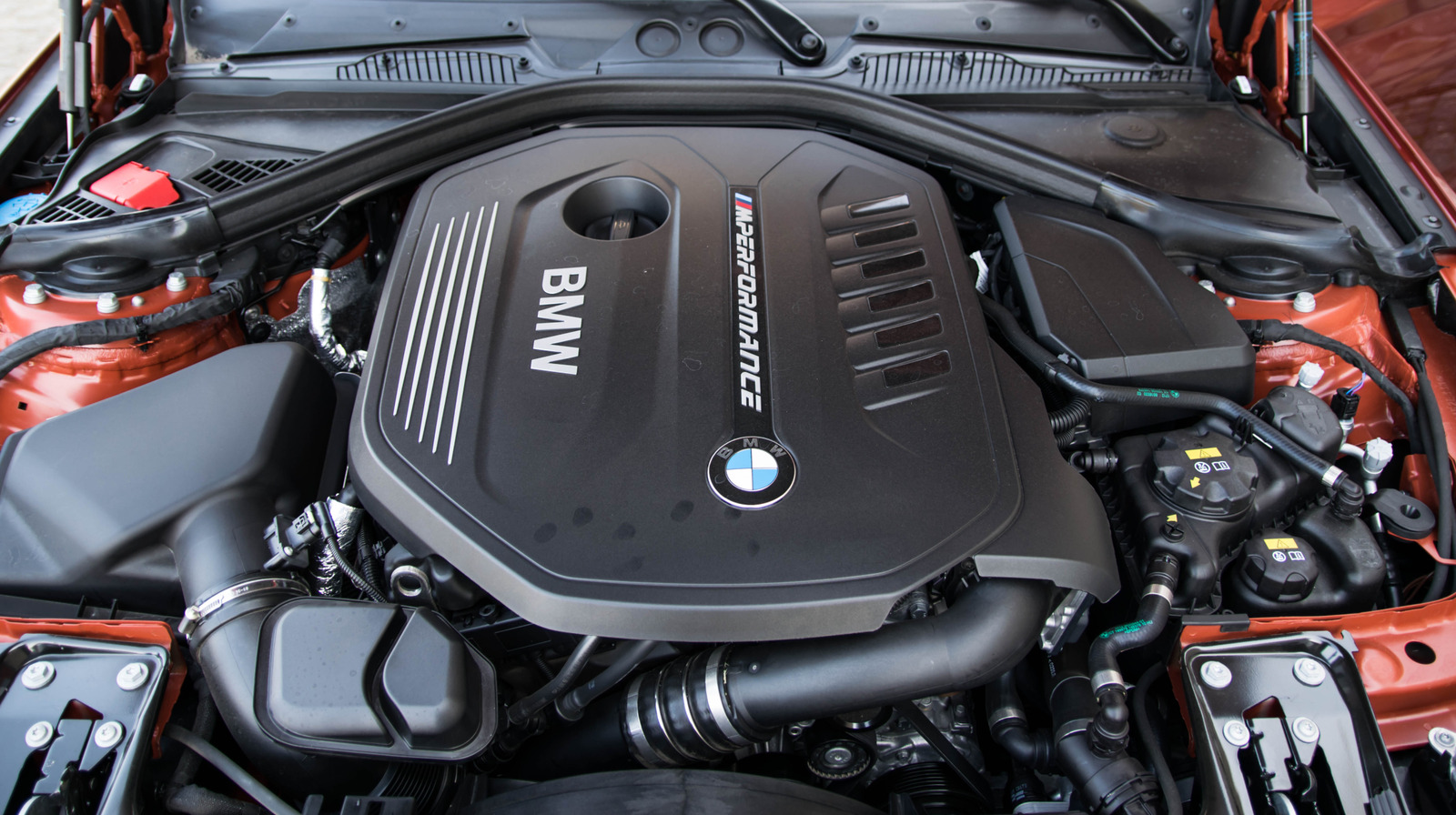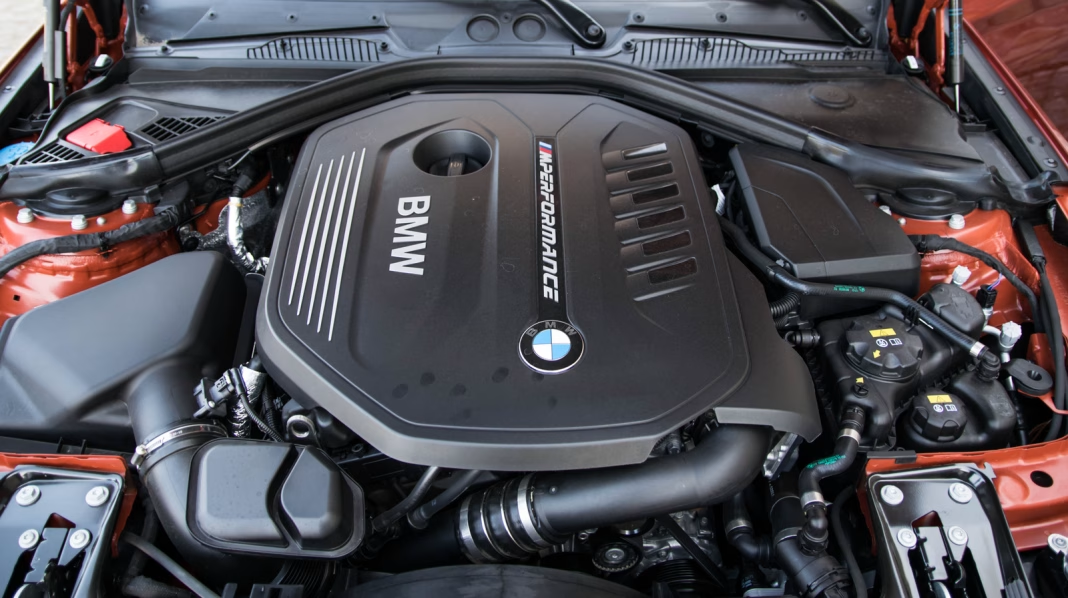When it comes to BMW engines, the inline-six configuration has a special place in the hearts of enthusiasts and everyday drivers alike. While many automakers have shifted towards V6 or inline-4 engines for efficiency and cost-effectiveness, BMW has remained loyal to its iconic inline-six design. This brings us to a hot topic among car lovers: the reliability of two standout engines—the B58 and the M54. Let’s dive into the details and see how these engines stack up against each other.
What Makes the Inline-Six So Special?
First off, why does BMW stick with the inline-six? The answer lies in the engine’s smoothness and balance. An inline-six engine has inherent mechanical advantages that lead to less vibration and a more refined driving experience. This design allows for a more harmonious power delivery, making it a favorite among those who appreciate performance without sacrificing comfort.
The M54: A Classic with Proven Reliability
The M54 engine, produced from 2000 to 2006, is often hailed as one of BMW’s best engines. It’s a naturally aspirated inline-six that has earned a reputation for reliability and longevity. Many owners report that with regular maintenance, the M54 can easily surpass 200,000 miles without major issues. Common problems include oil leaks and cooling system failures, but these are relatively minor compared to the potential lifespan of the engine.
One of the standout features of the M54 is its simplicity. With fewer electronic components than modern engines, it’s easier to work on, making it a favorite among DIY mechanics. This simplicity also translates to lower repair costs, which is a significant factor for many car owners.
The B58: The Modern Marvel
Fast forward to the B58, which debuted in 2015 and represents a significant leap in technology. This engine is turbocharged and features a more complex design with direct fuel injection and variable valve timing. The B58 has quickly gained a reputation for its impressive performance and smooth power delivery. It’s found in a range of models, from the Z4 to the 3 Series, and has been praised for its robust performance characteristics.
In terms of reliability, the B58 has shown itself to be quite dependable, but it’s not without its quirks. Some owners have reported issues with the water pump and thermostat, which can lead to overheating if not addressed promptly. However, these problems are generally manageable with regular maintenance and monitoring.
Comparing Reliability: Which One Wins?
So, which engine is more reliable? It really depends on what you value. If you’re looking for a straightforward, tried-and-true engine with a solid track record, the M54 might be your best bet. It’s simple, reliable, and has a loyal following. On the other hand, if you want a modern engine with cutting-edge technology and impressive performance, the B58 is hard to beat, even if it comes with a few more complexities.
Real-world experiences can help shed light on this debate. Many M54 owners rave about their engines lasting well over 200,000 miles with minimal issues, while B58 owners appreciate the engine’s power and efficiency, often noting that it feels just as reliable, albeit with a few more maintenance considerations.
What Should You Consider When Choosing?
When deciding between the M54 and B58, think about your driving habits and how much you’re willing to invest in maintenance. If you’re a DIY enthusiast who enjoys working on cars, the M54’s simplicity might appeal to you. If you prefer a more modern driving experience with advanced features, the B58 could be the right choice, just be prepared for a bit more complexity under the hood.
The big takeaway? Choosing between the B58 and M54 isn’t just about reliability—it’s about finding the engine that fits your lifestyle. Whether you lean towards the classic reliability of the M54 or the modern performance of the B58, both engines offer something unique. Start by considering your priorities, and you’ll likely find the perfect match for your driving needs.


